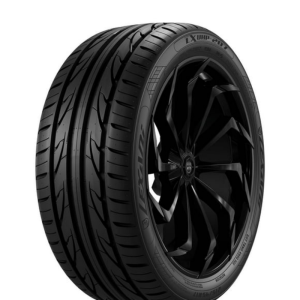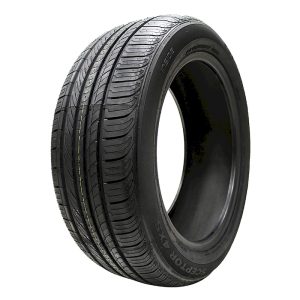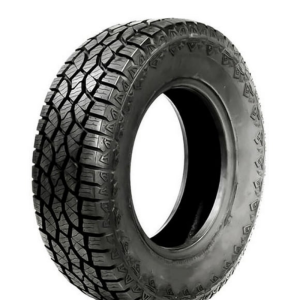
Tires are a crucial component of any vehicle and play an essential role in ensuring safety and performance on the road. Knowing how much to change tires is not just about considering the price; it involves understanding the various factors that can influence tire costs, the importance of tire maintenance, and when the best time is to make the switch. With advancements in technology and tire manufacturing, the selection available today is vast, and so too is the information you need to make informed choices. Whether you drive a compact car or an SUV, recognizing the signs that you need to change your tires, estimating costs, and understanding the long-term implications of your choices can save you money and enhance your driving experience. In this article, we will cover everything you need to know about tire replacement, including determining when to change tires, the costs involved, and tips for selecting the best options for your vehicle.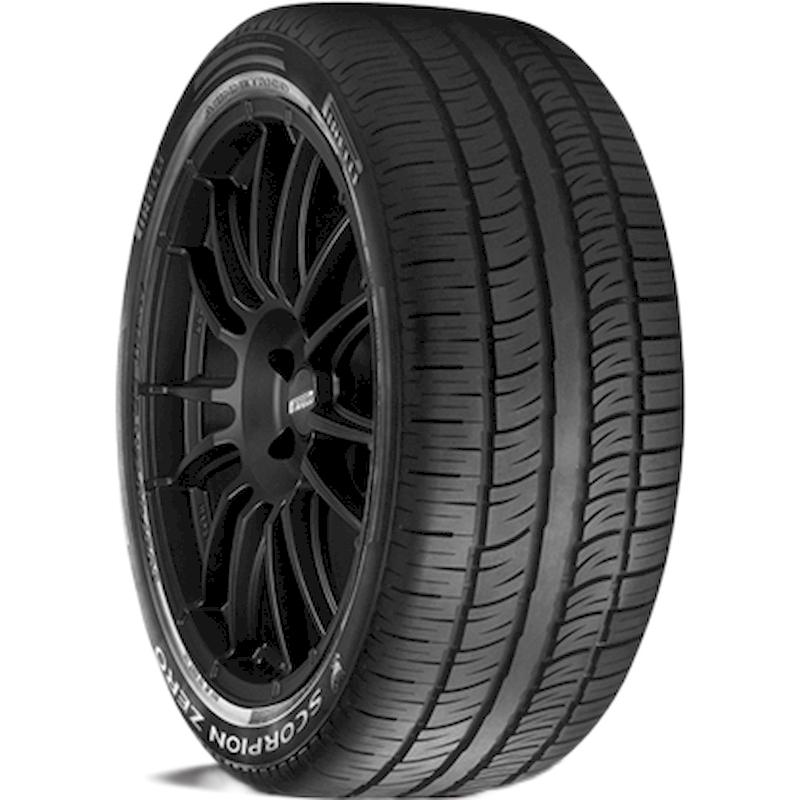
The Importance of Changing Tires Regularly
Tires are the only part of your vehicle in contact with the road, making their condition paramount for safe driving. Regularly changing tires is essential for several reasons:
Safety
Worn-out tires significantly increase the risk of accidents. Poor traction can lead to skidding, especially on wet or icy roads. Therefore, maintaining a good tread depth is crucial.
Fuel Efficiency
Old or bald tires can adversely affect your vehicle’s fuel efficiency. When tires are correctly inflated and have adequate tread depth, your engine does not have to work as hard, resulting in better mileage.
Performance
New tires enhance your vehicle’s handling and performance. They provide better grip and stability, allowing you to navigate corners and sudden stops with more confidence.
Cost Efficiency
While replacing tires may seem like an expense you can avoid, failing to change them could lead to damage to your vehicle’s suspension, alignment issues, and more severe problems down the line, which can cost you significantly more in repairs.
Signs That You Need to Change Your Tires
Recognizing when to change your tires is crucial in prolonging their life and ensuring your safety. Here are key indicators that you may need to consider replacement:
Tread Wear
The most obvious sign that it’s time to change your tires is tread wear. You can use the penny test to check tread depth. Insert a penny into the tread with Lincoln’s head down; if you can see the entire head, it’s time for new tires.
Cracks and Blisters
Inspect tires for visible signs of damage. Cracks or blisters on the sidewalls indicate that the tires may be compromised. This can lead to blowouts, which are dangerous.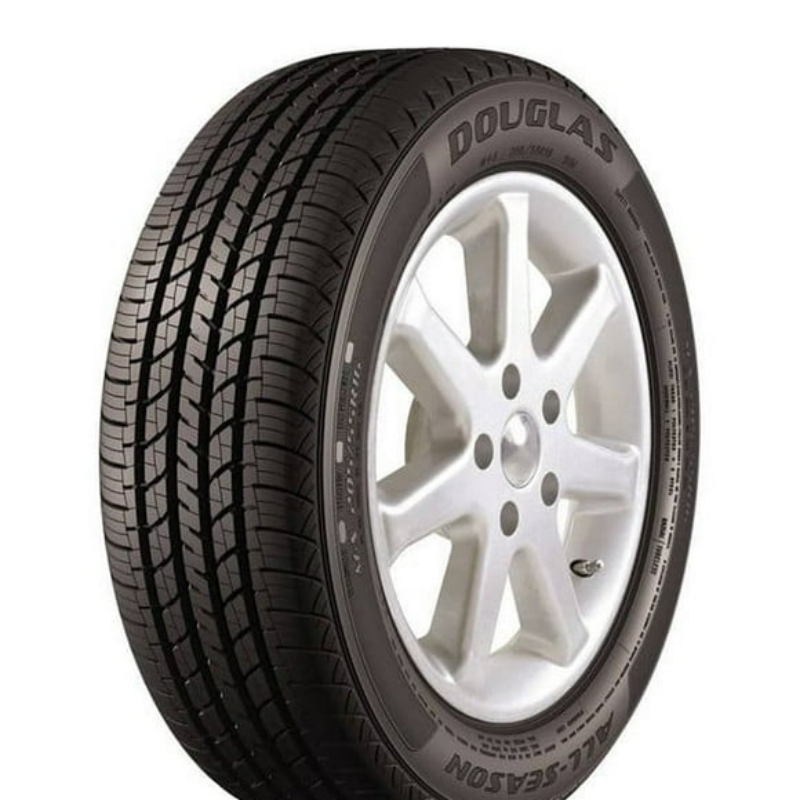
Vibration
If you experience unusual vibrations while driving, it could signal that your tires are unbalanced or improperly aligned. In such cases, it is wise to check the tires for damage.
Age
Even if your tires appear fine, consider their age. Tires generally last for about six years before they start to degrade, irrespective of tread wear. It’s always wise to consult your manufacturer for specific guidelines.
Factors Affecting the Cost of Changing Tires
When thinking about how much to change tires will cost you, be prepared for various influencing factors. Understanding these elements can help you make informed financial decisions.
Tire Type
The type of tires you choose directly affects the total cost. All-season tires are typically less expensive than high-performance or specialty tires designed for specific conditions like snow or mud.
Brand
The brand of the tire can also impact pricing. Well-known brands may offer high-quality products but often come with a higher price tag. In contrast, lesser-known brands may be more budget-friendly but at times lack the same performance level.
Size and Specifications
Smaller tires designed for compact cars are generally less expensive than those for SUVs or trucks. The specifications and features also play a role. Tires with additional features, such as run-flat capability or enhanced performance ratings, will typically cost more.
Installation Costs
Installation fees can vary significantly among tire retailers. Some facilities include these costs in the pricing, while others charge separately. It’s essential to ask upfront about installation prices.
Alignment and Balancing
In many cases, when changing tires, it is advisable to have your vehicle aligned and balanced. Such services may cost extra but can prevent premature tire wear and enhance vehicle performance.
How Much Do Tires Generally Cost?
When planning to change tires, budget considerations are crucial. While prices can fluctuate, it’s beneficial to have a general idea of what you might expect.
Average Price Range
On average, standard passenger tires can cost anywhere between 50and200 each, depending on the factors discussed. High-performance tires usually fall within the range of 150to300.
Premium Brands
If you opt for premium brands, expect to pay a premium price as well, often upwards of $300 per tire. Brands known for performance or specialty tires come at a higher cost due to their enhanced materials and production technologies.
Additional Charges
Remember, the price of tires does not include potential installation or additional service charges. Installation typically ranges from 15to50 per tire.
DIY vs. Professional Installation: What to Consider
When you’re deciding how much to change tires, consider whether to take the do-it-yourself route or opt for professional installation. Each approach has its pros and cons.
DIY Tire Change
Pros:
- Potential for cost savings.
- The satisfaction of completing the job yourself.
Cons:
- Requires the right tools and a good understanding of the process.
- Lack of warranty or service checks that professionals provide.
Professional Installation
Pros:
- Expertise of trained professionals ensures the job is done correctly.
- Includes services such as proper balancing and alignment.
Cons:
- Higher costs due to labor fees.
- You may have to wait longer during busy periods.
Ultimately, your decision may depend on your mechanical skills, equipment availability, and financial considerations.
Maintaining Your Tires After Installation
Once you’ve changed your tires, maintaining them properly is essential to ensure longevity and performance. Here are several strategies to help with tire maintenance:
Regular Inspections
Check your tires regularly for signs of wear, bulges, or uneven wear patterns. Catching problems early can prevent costly replacements.
Tread Depth Checks
Perform periodic tread depth checks. Ensure that your tires have enough grip to offer safety and stability.
Rotations
Rotate your tires every 5,000 to 8,000 miles or as recommended by the manufacturer. Rotating promotes even wear, which increases the lifespan of your tires.
Proper Inflation
Keeping your tires properly inflated enhances fuel efficiency and extends the life of the tires. Check tire pressure monthly, and ensure they are at recommended levels.
Seasonal Changes
If you live in an area with diverse weather conditions, consider switching between summer and winter tires. Proper seasonal tires can drastically improve safety and performance.
DIY Tire Change: Tools and Techniques
If you decide to tackle the tire change yourself, acquiring the right tools and understanding proper techniques are paramount for safety and efficiency.
Tools Needed for Changing Tires
- Jack: A reliable hydraulic or scissor jack is necessary for lifting your vehicle to remove and replace tires.
- Lug Wrench: This tool is essential for loosening and tightening lug nuts. Consider a cross wrench for better leverage.
- Tire Pressure Gauge: Monitoring tire pressure is an important aspect of tire care. A good gauge helps ensure optimal tire inflation.
- Wheel Chocks: These can prevent your vehicle from rolling while you are changing tires.
Step-by-Step Tire Changing Process
- Prepare the Vehicle: Park on a flat surface, apply the parking brake, and place wheel chocks behind the opposite tires.
- Loosen the Lug Nuts: Before lifting the vehicle, loosen the lug nuts slightly but do not remove them completely.
- Lift the Vehicle: Use the jack to lift the vehicle off the ground until the tire is well above the ground.
- Remove the Tires: Take off the lug nuts completely and remove the tire. Place the new tire onto the wheel hub.
-
Tighten Lug Nuts: Hand-tighten the lug nuts, then lower the vehicle and fully tighten them in a crisscross pattern to ensure even pressure.
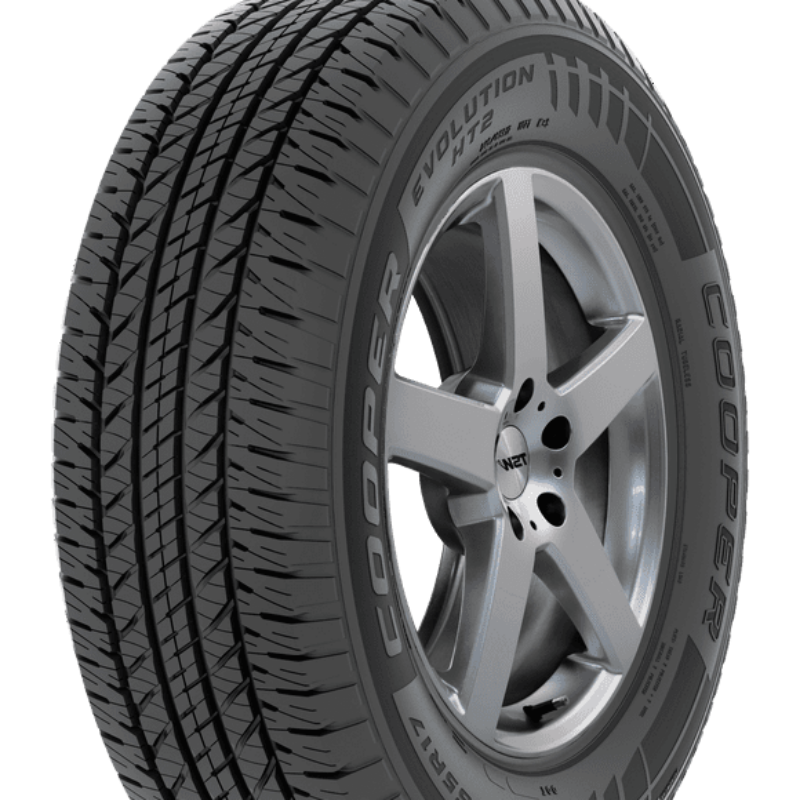
Conclusion
Understanding how much to change tires involves a multifaceted approach that goes beyond just pricing. It encompasses recognizing the importance of timely tire changes, understanding the factors affecting tire costs, and knowing what to look for in terms of maintenance and quality. With regular inspections and proper maintenance, you can extend the life of your tires and enhance your vehicle’s performance and safety. Choosing the right tires for your vehicle and driving conditions is essential, paving the way for a more secure and enjoyable driving experience. So, as you consider the investment in your vehicle’s tires, make informed choices, and ensure you get the maximum value and safety from your driving experience.
